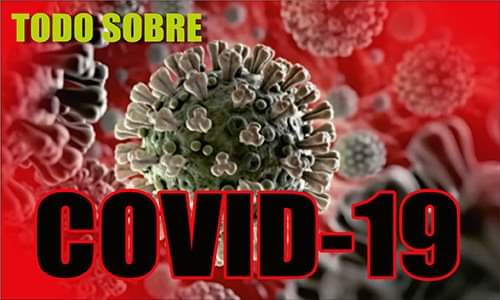
“This week, we should see an improvement in the city's water supply,” David Legrá Hernández, municipal director of the Water and Sewerage base business unit, told 26 via telephone, in response to public concerns about this issue.
Las Tunas, Cuba.- The director explained that the root cause of the current situation is related to the investments being made in the Buena Vista Water Tank.
“All of this has required welding and other related processes that cannot be done with water, so we have had to affect the service for the improvement to be real, but the situation must now begin to stabilize.”
 Mirtha García Rojas, delegate of the National Institute of Hydraulic Resources in the province, expressed a similar opinion on local radio. She explained that this Friday, all the water from the El Rincón will be used to fill the tank, disinfect it, discharge the initial liquid, connect the pipeline, refill it, and begin delivering water to the Buena Vista and Santos districts.
Mirtha García Rojas, delegate of the National Institute of Hydraulic Resources in the province, expressed a similar opinion on local radio. She explained that this Friday, all the water from the El Rincón will be used to fill the tank, disinfect it, discharge the initial liquid, connect the pipeline, refill it, and begin delivering water to the Buena Vista and Santos districts.
The director explained that, due to a lack of resources, 61 buildings and three-story buildings in that area are still receiving water through the old networks and are affected by this situation. This confirms that the work will continue for some time.
David Legrá, for his part, also referred to the breakage of a valve (in the Bodegón area) that is affecting the service in neighborhoods such as Aguilera, Santo Domingo, and the upper blocks on Martí Street. He said that work is underway to find a replacement part to fix it in the coming hours.
Both officials agree that, even if these efforts are completed successfully, the impact of the drought on the three water sources of this eastern city is a real problem, and therefore, the outlook for the coming months. They emphasized that the Cayojo Dam remains stable and the service to the population has been zealously protected since restrictions on agriculture were imposed last year.
This situation is not the same in the La Cana underground basin and El Rincón Dam. The first only delivers 110 liters per second of the 350 authorized, and the latter currently has only 135 days of coverage.
This situation has forced the extension of distribution cycles and requires the population to save, if possible, every last drop.





